Voici un peu d'info que j'ai rassemblé suite à des questionnements qui reviennent souvent sur les moteur des séries 850
CA FERAIT UN BON STICKY JS si tu pouvais heberger les images ca eviterait que ce thread soit a la merci de photobucket!
JS si tu pouvais heberger les images ca eviterait que ce thread soit a la merci de photobucket!
Si vous voulez ajouter d'autres infos ne vous gênez pas, mais il serait intéressant de prendre garde au infos erronées provenant du web... J'ai pris la plupart de ces infos sur Vadis
CA FERAIT UN BON STICKY
 JS si tu pouvais heberger les images ca eviterait que ce thread soit a la merci de photobucket!
JS si tu pouvais heberger les images ca eviterait que ce thread soit a la merci de photobucket!Si vous voulez ajouter d'autres infos ne vous gênez pas, mais il serait intéressant de prendre garde au infos erronées provenant du web... J'ai pris la plupart de ces infos sur Vadis
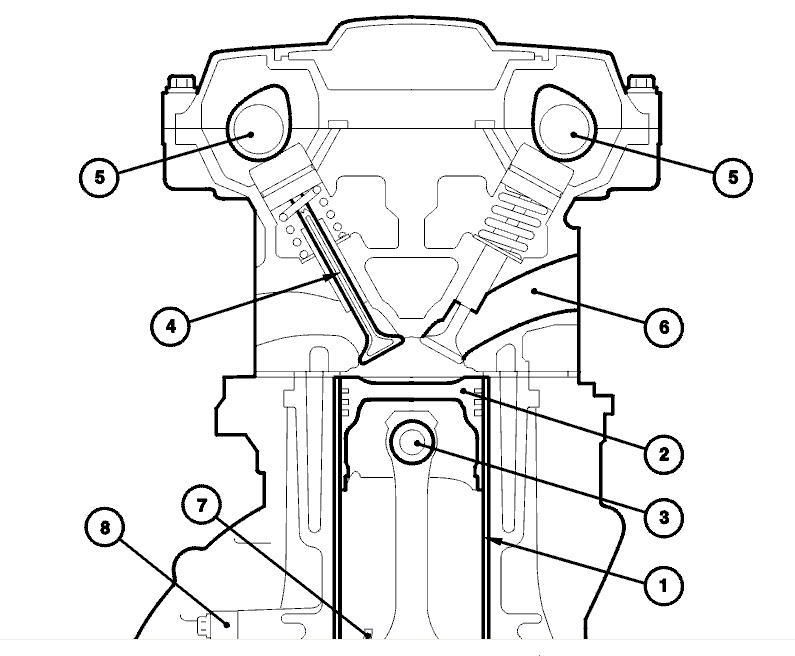
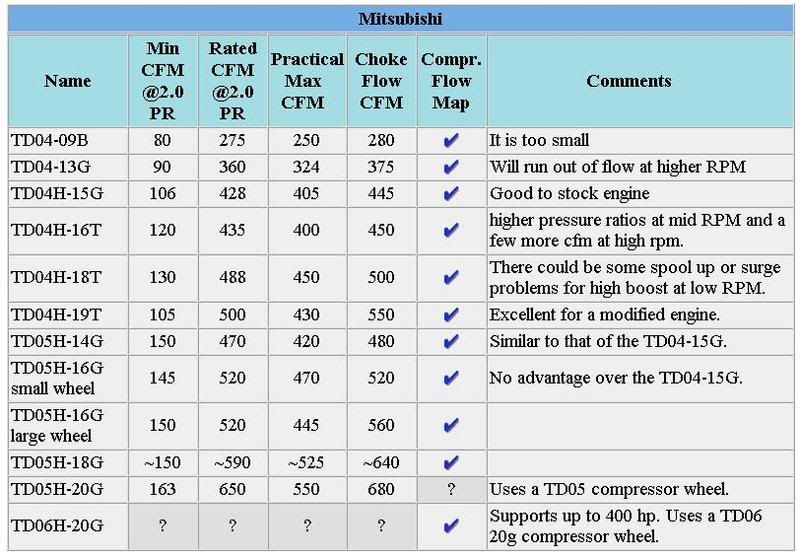
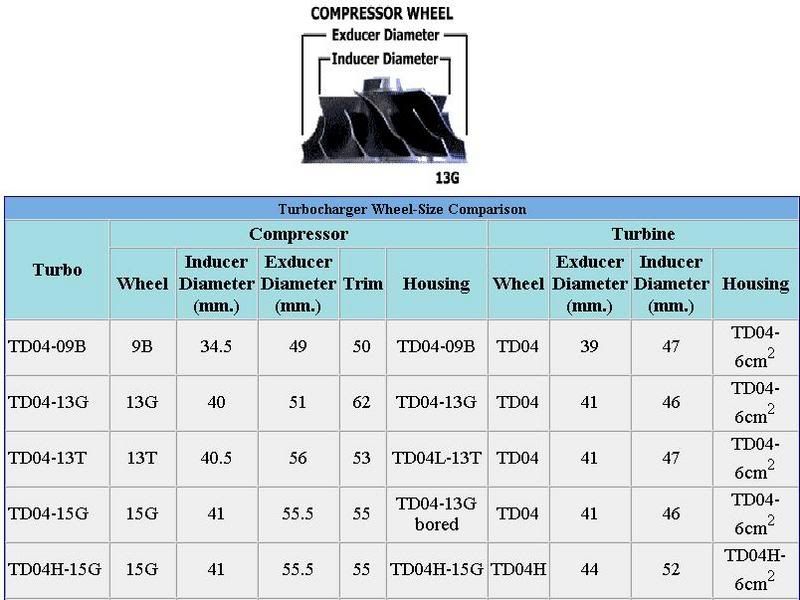
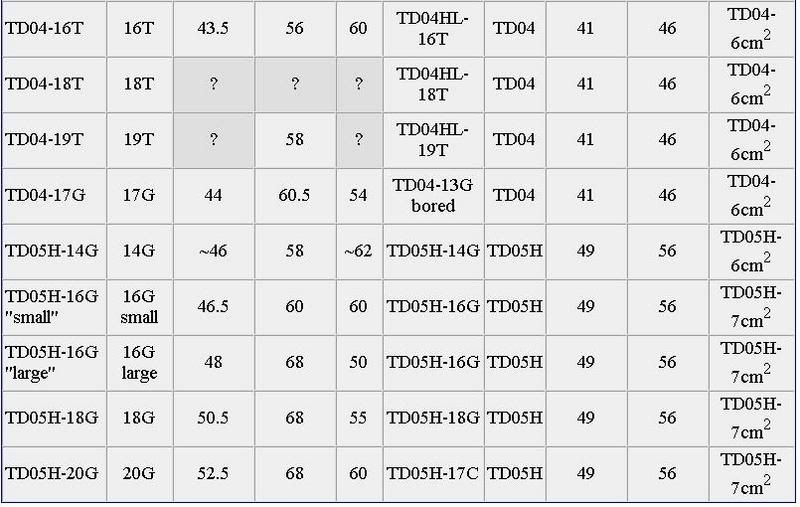
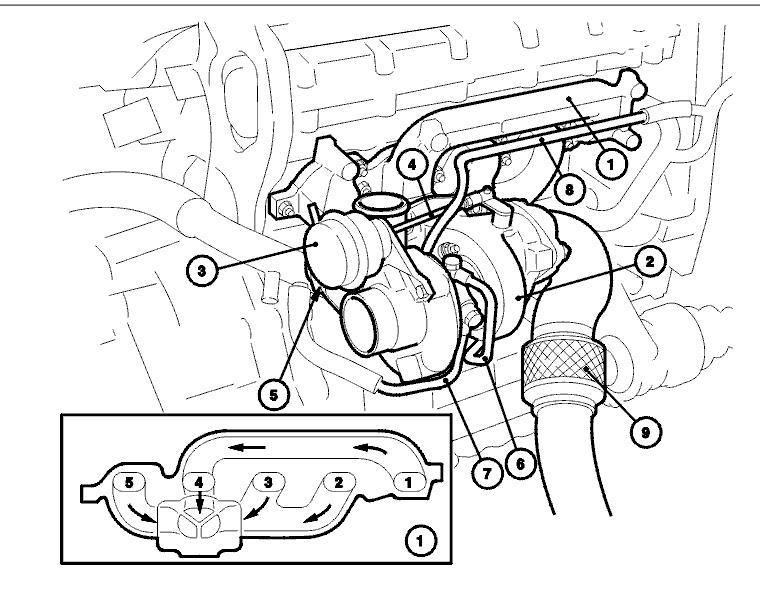

Commentaire